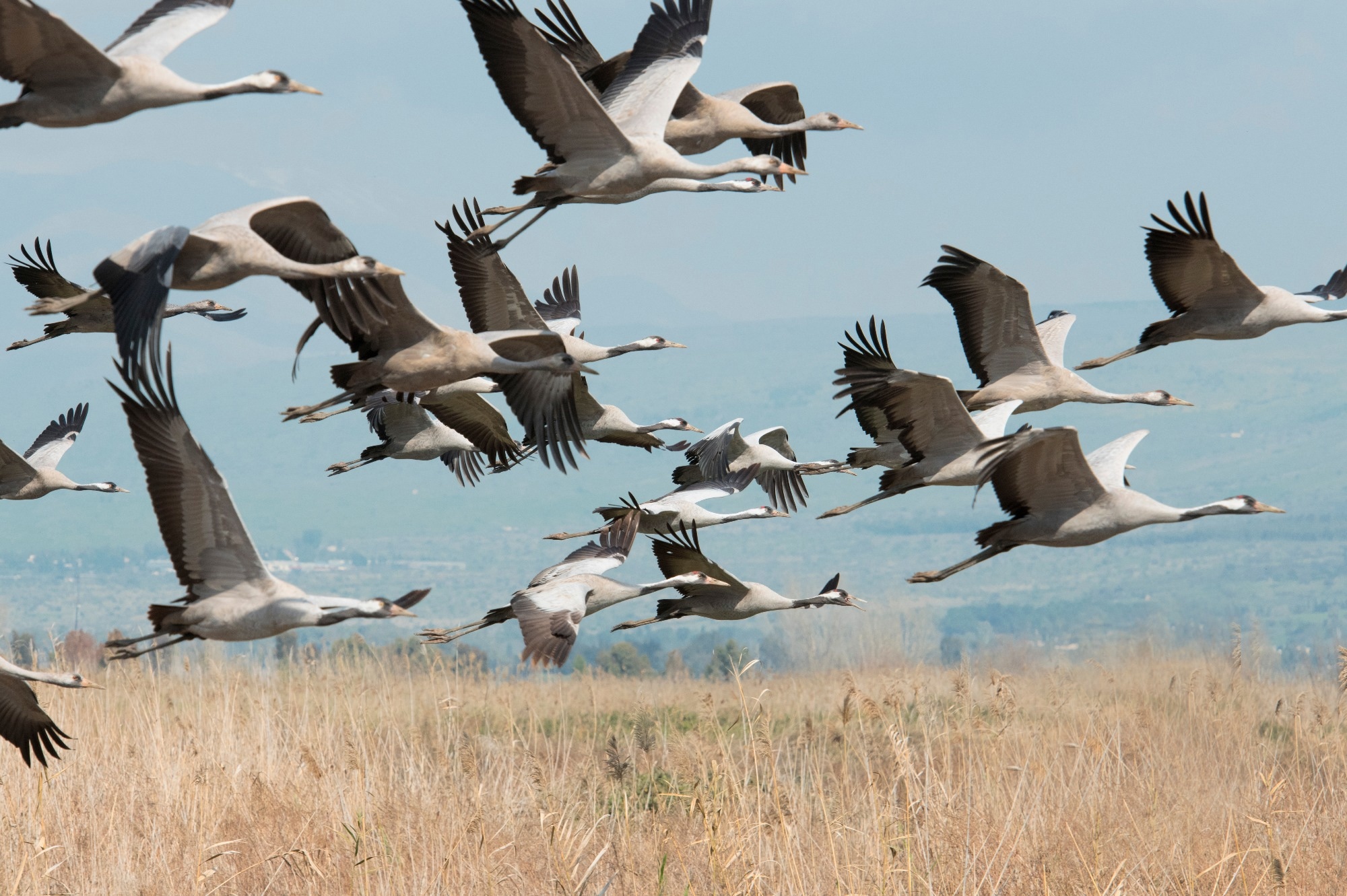
[ad_1]
In a current research in Nature, researchers report vital modifications within the ecology and evolution of extremely pathogenic avian influenza (HPAI) H5 viruses utilizing a mix of spatial, epidemiological, and genomic approaches.
 Examine: The episodic resurgence of extremely pathogenic avian influenza H5 virus. Picture Credit score: Jeannette Katzir Photog / Shutterstock.com
Examine: The episodic resurgence of extremely pathogenic avian influenza H5 virus. Picture Credit score: Jeannette Katzir Photog / Shutterstock.com
Background
Influenza A viruses are negative-sense, single-stranded, and segmented ribonucleic acid (RNA) viruses. Usually, these viruses are characterised by the antigenicity of their hemagglutinin (HA) and neuraminidase (NA) floor proteins.
Each H5 and H7 subtypes of HPAI viruses have advanced from low-pathogenic avian influenza (LPAI) viruses, with most of those viral outbreaks contained by culling or die-off occasions. Though these viruses sometimes unfold amongst poultry, their spillover into wild aquatic birds, significantly clade 2 of the H5 HA pressure, has been persistently reported since 2005. This has led to the episodic transmission of HPAI all through Asia, Europe, Africa, and, extra not too long ago, North and South America.
A number of H5 HA clade 2.3.4.4 viruses with NA subtypes together with H5N2, H5N6, and H5N8 have contributed to viral outbreaks all through Asia since 2014. These viruses appeared to exhibit elevated adaptation and lowered virulence in wild geese as in comparison with earlier H5N1 strains; nevertheless, clade 2.3.4.4b H5N8 viruses recognized since 2016 in China have been related to elevated virulence in geese.
Extra not too long ago, H5N1 has been liable for quite a few outbreaks in numerous wild fowl species all through a number of continents. Actually, these viruses have been proven to spill over into wild carnivores, mink farms, and marine animals, thus rising the danger of continued zoonosis and future pandemics.
Examine findings
The researchers utilized outbreak information reported to the Meals and Agricultural Group (FAO) and the World Group for Animal Well being (WOAH), in addition to information obtained from 10,000 entire genomes, to raised perceive the ecology and evolutionary tendencies of HPAI. FAO and WOAH information indicated that H5N8 viruses had been primarily liable for a number of outbreaks reported in 2004-2005, 2016-2017, and 2020-2021, whereas H5N6 was liable for one wild-bird outbreak in 2016-2017.
H5N1 has changed practically all HPAI H5 viruses since 2021, with over 400 outbreaks reported every month throughout the 2021-2022 season. With these outbreaks persevering with into 2023, the variety of wild fowl species contaminated with these viruses has additionally elevated throughout all affected areas.
The dispersion velocity of HPAI H5 clades in wild birds was better than that of home birds, thus indicating that these birds are sometimes liable for quicker long-distance dissemination of HPAI H5 viruses. In 2020, the diffusion velocity of two.3.4.4b in wild birds was practically thrice that of home birds. This elevated dispersion velocity has been attributed to the widespread transmission of HPAI H5N8 all through Europe and Asia and, subsequently, the emergence of HPAI H5N1.
Importantly, the dispersion velocity of viruses inside home birds is straight associated to poultry commerce and related human exercise. Comparatively, the transmission of HPAI viruses in migratory fowl populations is influenced by ecological elements like local weather and season modifications. Local weather change will probably contribute to the transmission of HPAI H5 viruses in wild birds; subsequently, future research are wanted to evaluate present migration patterns and species composition to raised perceive the danger of those occasions.
Conclusions
As in comparison with influenza viruses that infect mammals, LPAI viruses in migratory aquatic birds evolve constantly. This sample has been noticed with poultry-adapted LPAI viruses, which has led to a major improve in HPAI H5 mammalian infections which have elevated public well being considerations.
The research findings point out that 2.3.4.4b is constant to unfold from Asia to Africa, thus emphasizing the significance of increasing present genomic surveillance efforts, which stay restricted to this point. Actually, regardless of the rising variety of HPAI H5 outbreaks which have been reported over the previous a number of years, solely about 50% of those outbreaks and 0.2% of circumstances have been sequenced.
Understanding the shifts within the ecological and evolutionary options of HPAI H5Nx viruses, which, in flip, improve and maintain their transmission in wild birds, in addition to the results of numerous poultry vaccination practices with variable uptake, will likely be essential to alleviate future HPAI outbreaks, which elevate unanticipated zoonotic, epizootic, and pandemic dangers.
Journal reference:
- Xie, R., Edwards, Ok. M., Wille, M., et al. (2023). The episodic resurgence of extremely pathogenic avian influenza H5 virus. Nature. doi:10.1038/s41586-023-06631-2
[ad_2]